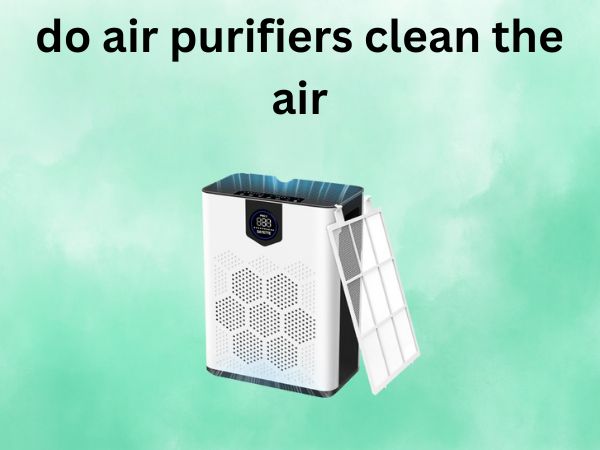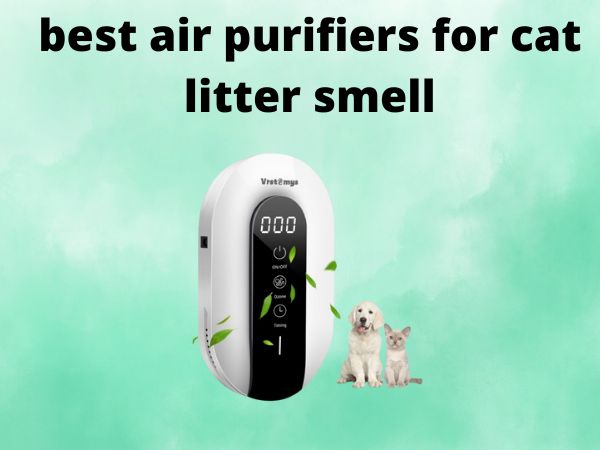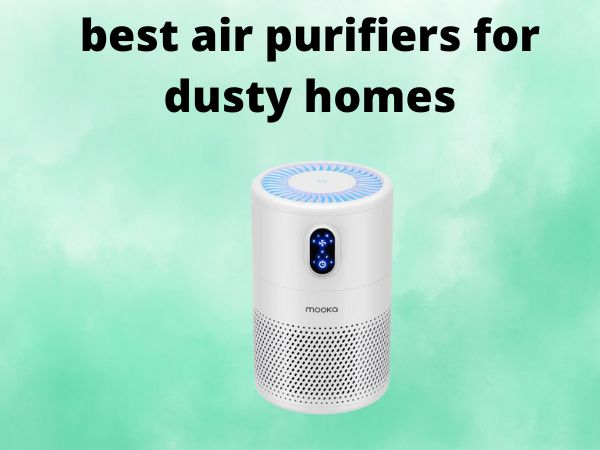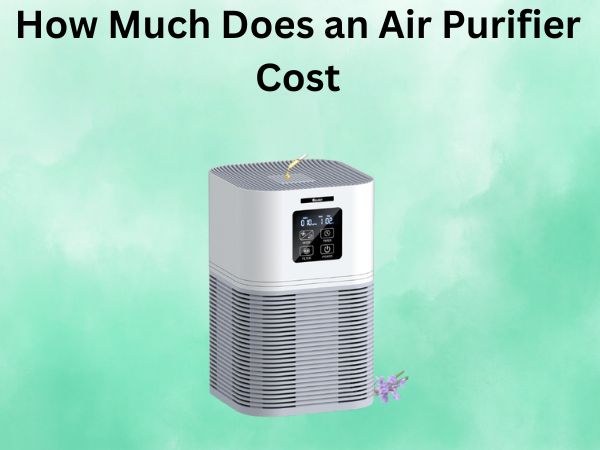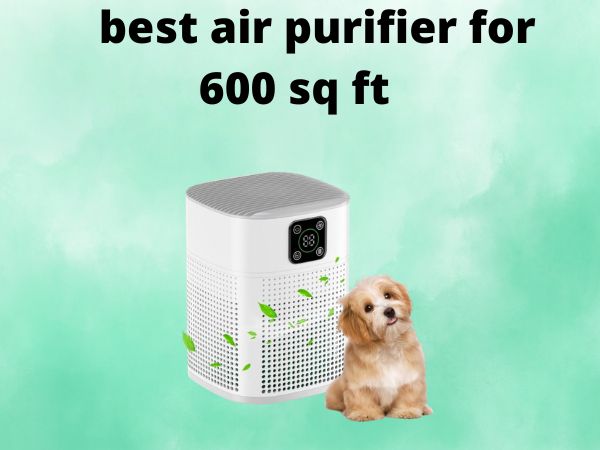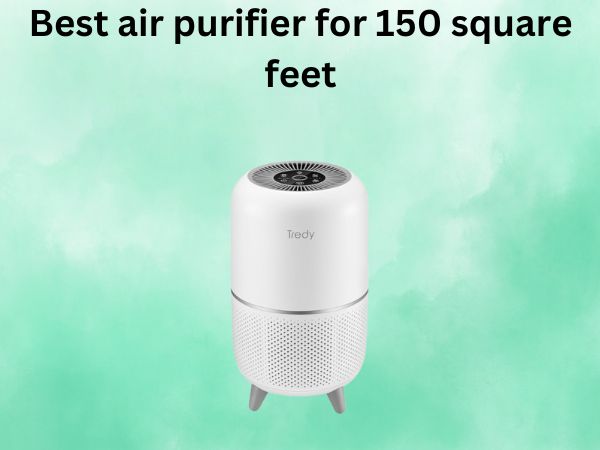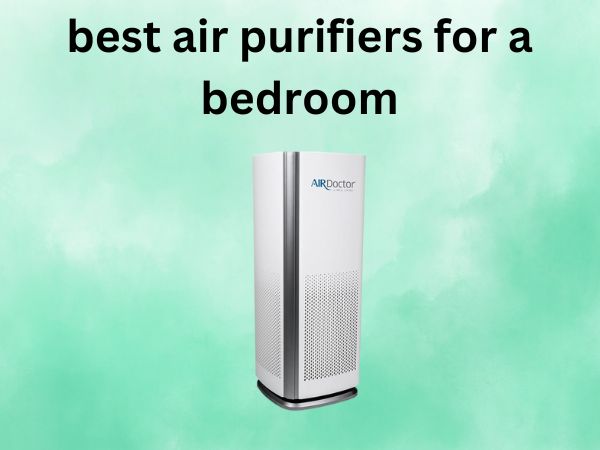Do Air Purifiers Actually Clean the Air? A Comprehensive Guide
In today’s world, where air quality concerns continue to rise, many of us are turning to technological solutions to create healthier living environments. Air purifiers have become increasingly popular household devices, promising to remove pollutants and deliver cleaner air. But the question remains: do air purifiers actually clean the air, or are they simply expensive fans circulating the same contaminated air? Let’s dive deep into the world of air purification to separate fact from fiction.
Table of Contents
How Air Purifiers Work: The Science Behind Air Cleaning
Before determining effectiveness, it’s essential to understand how these devices actually work. Air purifiers operate on a fairly straightforward principle: they pull in air from your room, process it through various filters to remove contaminants, and then release the cleaned air back into your space.
Different Filtration Technologies Explained
Air purifiers employ several different technologies to clean the air:
- Mechanical filtration – Uses physical barriers to trap particles
- Activated carbon – Absorbs gases, odors, and chemical pollutants
- Ionizers – Release charged particles that attach to contaminants, causing them to fall from the air
- UV light – Uses ultraviolet radiation to kill microorganisms
- Photocatalytic oxidation – Breaks down pollutants at a molecular level
Each technology has its strengths and limitations, which is why many high-quality air purifiers combine multiple approaches for more comprehensive air cleaning.
HEPA Filters: The Gold Standard in Air Purification
When browsing air purifiers, you’ll frequently encounter the term “HEPA” (High-Efficiency Particulate Air). These aren’t just marketing buzzwords—HEPA filters represent a specific standard of filtration efficiency. To qualify as true HEPA, a filter must trap 99.97% of particles that are 0.3 microns in diameter or larger.
To put this in perspective, human hair averages about 70 microns in diameter, while many harmful particles like fine dust, bacteria, and some viruses are much smaller. The 0.3-micron standard wasn’t chosen randomly—particles of this size are actually the most difficult to capture, making them the perfect benchmark for filter efficiency.
When an air purifier features a genuine HEPA filter, you can be confident it’s capturing the vast majority of harmful airborne particles, including:
- Pollen (10-100 microns)
- Dust mite debris (0.5-50 microns)
- Mold spores (1-30 microns)
- Most bacteria (0.3-60 microns)
Activated Carbon Filters: Tackling Odors and Gases
While HEPA filters excel at trapping particulate matter, they’re not designed to capture gases or odors. This is where activated carbon filters come in. These specialized filters contain carbon that’s been treated to create millions of tiny pores, dramatically increasing its surface area. This porous structure acts like a sponge for gaseous pollutants.
Activated carbon is particularly effective at capturing:
- Volatile organic compounds (VOCs) from household products
- Cigarette smoke
- Cooking odors
- Pet odors
- Chemical fumes
For homes where odors or chemical sensitivities are concerns, an air purifier with a substantial activated carbon component is worth considering.
Common Air Pollutants and How Air Purifiers Address Them
Our homes harbor numerous airborne contaminants that can impact our health and comfort. Let’s examine how effectively air purifiers tackle these common pollutants.
Dust, Pollen, and Other Airborne Allergens
For the estimated 50 million Americans who suffer from allergies, air purifiers can be game-changers. HEPA filtration excels at capturing the primary triggers of allergic reactions:
Pollen from trees, grasses, and weeds can make seasonal allergies unbearable. Many allergy sufferers report significant improvement when using air purifiers during high pollen seasons. The devices can capture these particles before they settle on surfaces or, more importantly, before you breathe them in.
Dust is a complex mixture of dead skin cells, fabric fibers, soil particles, and other microscopic debris. While regular cleaning helps reduce dust, air purifiers provide continuous filtration that complements your cleaning routine.
Mold spores are particularly concerning as they can trigger allergic reactions and respiratory issues. While addressing the source of mold is crucial, air purifiers can significantly reduce airborne spores, providing relief while you tackle the underlying moisture problems.
Smoke, VOCs, and Chemical Pollutants
Modern homes are filled with products that release volatile organic compounds (VOCs)—gases emitted from paints, cleaning supplies, furniture, and building materials. These invisible pollutants can cause eye irritation, headaches, and even long-term health issues.
Air purifiers with substantial activated carbon filters can help reduce these chemical contaminants. However, it’s worth noting that the carbon eventually becomes saturated and requires replacement to maintain effectiveness.
Smoke particles—whether from cooking, fireplaces, or cigarettes—are particularly challenging pollutants. They contain both particulate matter and gaseous components. The best air purifiers for smoke combine HEPA filtration (for the particles) with robust activated carbon components (for the gases and odors).
Pet Dander and Hair: Relief for Animal Lovers
For the millions of pet owners who have allergies to their furry family members, air purifiers can help make cohabitation more comfortable. Pet allergies are typically triggered by proteins found in dander (dead skin cells), saliva, and urine—not the fur itself, though fur can carry these allergens.
Quality air purifiers can capture these microscopic allergen particles, potentially reducing symptoms. However, they work best as part of a comprehensive approach that includes regular vacuuming with a HEPA-equipped vacuum, washing bedding frequently, and keeping pets out of bedrooms.
The Effectiveness of Air Purifiers: What the Research Shows
Anecdotal evidence is plentiful, but what does science tell us about air purifier effectiveness?
Scientific Studies on Air Purifier Performance
Research consistently shows that properly sized, high-quality air purifiers can significantly improve indoor air quality. A 2018 study published in the Journal of the American College of Cardiology found that using HEPA air purifiers for just two days reduced particulate matter by 29% and improved blood vessel health in participants.
Another notable study from the University of Michigan showed that air purifiers reduced indoor particulate matter by up to 60% in homes where wood stoves were used for heating—an impressive reduction in a particularly challenging environment.
For allergy and asthma sufferers, the evidence is especially compelling. A review published in the Journal of Asthma concluded that air purifiers provided “statistically significant improvements in asthma symptoms and medication use.”
However, effectiveness varies greatly depending on:
- The specific pollutants present
- The air purifier’s technology and quality
- Proper sizing for the space
- Maintenance and filter replacement schedules
- Room conditions (open windows, air leakage, etc.)
Clean Air Delivery Rate (CADR): Understanding the Metrics
When evaluating air purifiers, the Clean Air Delivery Rate (CADR) is the most reliable indicator of performance. This standardized metric, developed by the Association of Home Appliance Manufacturers (AHAM), measures how quickly a purifier can filter three common pollutants:
- Dust
- Tobacco smoke
- Pollen
CADR ratings are expressed in cubic feet per minute (CFM), indicating the volume of filtered air delivered. Higher numbers mean faster purification. For example, a purifier with a dust CADR of 200 will reduce dust levels faster than one with a CADR of 100.
As a general rule, you want a CADR rating that’s at least two-thirds of your room’s area. For a 300 square foot room, look for a CADR of at least 200.
Limitations of Air Purifiers: What They Can’t Do
While air purifiers can significantly improve indoor air quality, they’re not miracle devices. Understanding their limitations is crucial for setting realistic expectations.
Air purifiers can’t:
- Remove all pollutants completely (though high-quality ones can dramatically reduce levels)
- Clean surfaces (they only affect airborne contaminants)
- Eliminate the source of pollution
- Replace proper ventilation
- Work effectively if filters aren’t regularly replaced
- Clean areas beyond their specified coverage capacity
Additionally, some pollutants are more challenging than others. Very small particles (under 0.3 microns) like some viruses may partially escape even HEPA filtration, though the filters still capture a majority of them.
It’s also worth noting that air purifiers work best in contained spaces. If you constantly open windows or have significant air leakage, their effectiveness diminishes considerably.
Choosing the Right Air Purifier for Your Needs
With hundreds of models on the market, selecting the right air purifier can feel overwhelming. Here’s how to narrow down your options:
Room Size Considerations
Start by measuring the square footage of the room where you’ll use the purifier. Manufacturers typically list the recommended room size for each model. Choosing an undersized unit is one of the most common mistakes consumers make.
For larger spaces, you’ll typically need a purifier with:
- Higher CADR ratings
- More powerful fan
- Greater energy consumption
Don’t try to save money by purchasing an undersized unit—it simply won’t clean the air effectively in a space that’s too large.
Special Features Worth Having
Beyond basic filtration, consider these useful features:
- Air quality sensors that automatically adjust purification levels
- Filter replacement indicators that alert you when maintenance is needed
- Multiple fan speeds for balancing noise levels with purification needs
- Programmable timers to run the unit when you’re not home
- Quiet sleep modes for bedroom use
- Energy Star certification for lower operating costs
While fancy features are nice, prioritize filtration quality and appropriate sizing over bells and whistles.
Maintaining Your Air Purifier for Optimal Performance
Even the best air purifier will fail if not properly maintained. Here’s how to keep yours running efficiently:
- Replace filters on schedule – HEPA filters typically need replacement every 6-12 months, while carbon filters may need more frequent changes
- Clean pre-filters regularly – Usually every 1-3 months, or more often in dusty environments
- Vacuum the exterior to prevent dust buildup that can get re-circulated
- Position correctly – Keep at least 1-2 feet away from walls or furniture
- Run consistently – Air purifiers work best when operating continuously
- Keep doors and windows closed for maximum effectiveness
Remember that a neglected air purifier can actually become a source of pollution if filters become overloaded and start releasing trapped contaminants back into the air.
Frequently Asked Questions About Air Purifiers
1. How long should I run my air purifier each day?
For optimal results, most air purifiers should run continuously. However, if continuous operation isn’t practical, aim for at least 12 hours daily, focusing on times when you’re present in the room. Many newer models have smart sensors that reduce operation to lower settings when air quality is good, helping to balance effectiveness with energy consumption.
2. Can air purifiers help with COVID-19 and other viruses?
While no air purifier can guarantee complete protection against viruses, HEPA filters can capture many virus particles. The CDC acknowledges that air purifiers with HEPA filtration may help reduce airborne contaminants, including viruses, when used along with other best practices like ventilation, distancing, and mask-wearing. Some models also include UV light technology that may help inactivate captured viruses.
3. Why does my room still get dusty even with an air purifier?
Air purifiers only capture airborne particles and can’t remove dust that has already settled on surfaces. Additionally, new dust is constantly being generated from fabrics, human skin, and outside sources. Your air purifier is likely reducing airborne dust levels significantly, but regular cleaning is still necessary to remove surface dust. Also, check if your purifier is properly sized for your room—an undersized unit won’t be able to keep up with dust generation.
4. Are expensive air purifiers really better than budget models?
Higher prices often correlate with better filtration systems, more effective coverage of larger spaces, and additional features. However, many mid-range purifiers perform excellently if they include true HEPA filters and are properly sized for your space. The most important factors are appropriate CADR ratings for your room size, true HEPA certification, and quality carbon filtration if odors or gases are concerns. Always check independent testing results rather than relying solely on price as an indicator of quality.
5. Do air purifiers use a lot of electricity?
Most residential air purifiers consume between 30 and 100 watts on standard settings—similar to a light bulb. Running a medium-sized air purifier 24/7 typically costs between $3-10 per month in electricity, depending on your local rates and the specific model. Energy Star certified models are more efficient, potentially reducing operating costs by 25% or more compared to non-certified alternatives. Many purifiers also have eco modes that reduce energy consumption when air quality is good.
Final Thoughts: Do Air Purifiers Really Clean the Air?
After examining the evidence, the answer is a qualified yes—quality air purifiers do clean the air, often quite effectively, but with some important caveats.
For most common airborne pollutants like dust, pollen, pet dander, and many volatile organic compounds, a properly sized air purifier with HEPA and activated carbon filtration will make a noticeable difference in air quality. Scientific research confirms these benefits, particularly for individuals with respiratory conditions or allergies.
However, air purifiers should be viewed as one component of a comprehensive approach to indoor air quality. They complement, rather than replace, proper ventilation, regular cleaning, humidity control, and addressing pollution sources directly.
If you’re considering investing in an air purifier, focus on units with proven filtration technologies, appropriate sizing for your space, and commit to the maintenance schedule. With these considerations in mind, an air purifier can be a valuable tool for creating a healthier indoor environment.

